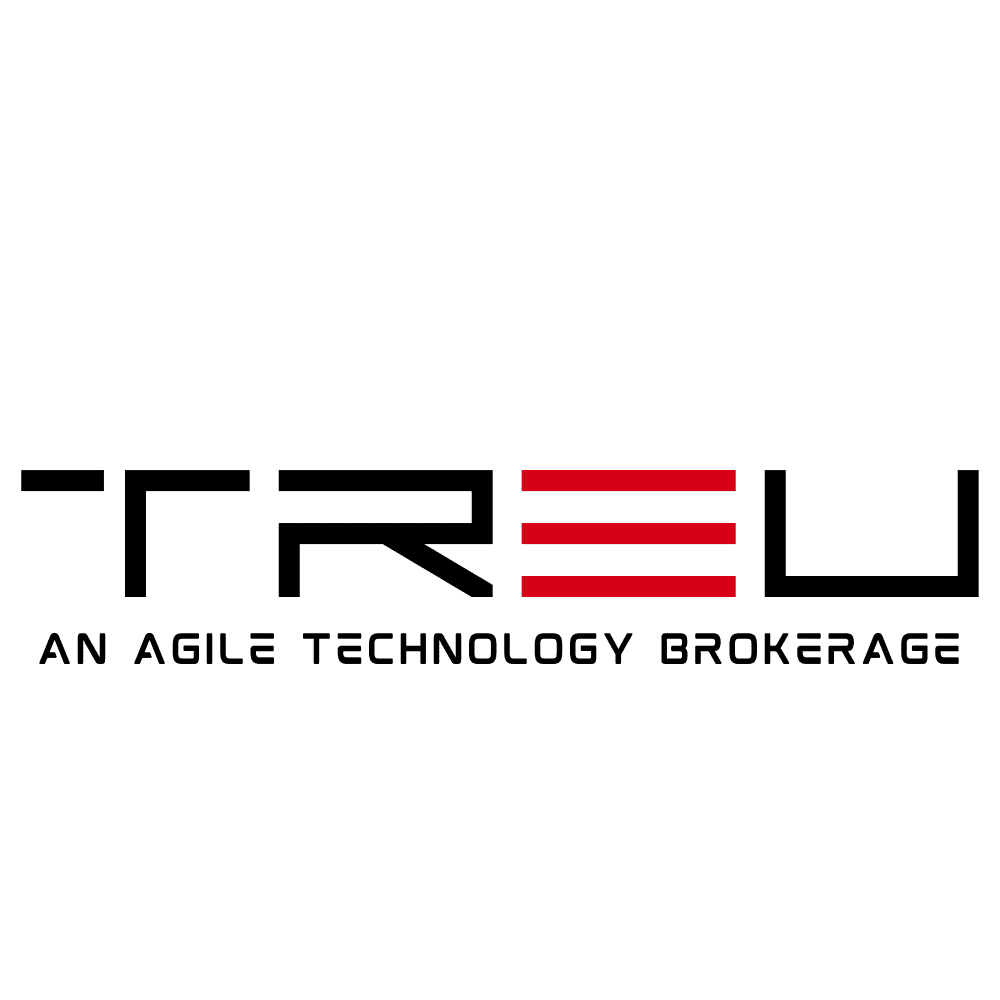AI Trends 2025: Driving Innovation at Core and Behind the Scenes
Artificial intelligence (AI) is no longer just a buzzword in the tech world—it has become the driving force behind innovation across industries. In 2025, AI is not only taking center stage in visible applications but also powering critical behind-the-scenes advancements that are transforming how businesses operate, innovate, and compete. This dual role of AI is reshaping technology, from customer-facing applications to backend processes, setting the stage for a future dominated by intelligent systems.
Let’s dive into the key AI trends in 2025, uncovering how they are leading innovation both at the forefront and in the background.
The Forefront of AI: Transforming User Experiences
AI continues to revolutionize the ways businesses interact with customers, consumers, and end-users. At the forefront of technology, AI delivers personalized, seamless, and engaging experiences that redefine expectations across industries.
Hyper-Personalization Using AI
Hyper-personalization is set to hit new heights, with advances in machine learning (ML) and natural language processing (NLP). Businesses are leveraging AI to build customized experiences tailored to individual customer needs, behaviors, and preferences.
- AI-driven recommendation systems are becoming smarter, offering real-time product or service suggestions.
- Marketing campaigns are more precise, with AI analyzing vast datasets to predict customer desires and optimize content delivery.
- Chatbots and virtual assistants are evolving, using conversational AI to mimic human interactions more convincingly than ever before.
For instance, e-commerce platforms are employing AI to analyze browsing histories and provide hyper-specific product recommendations, while healthcare apps use data to build highly personalized wellness plans.
AI in Creative Applications
AI is influencing creative industries, enabling content creation, design, and innovation at unprecedented speed and scale:
- Generative AI tools such as text-to-image and text-to-video systems are enabling rapid, automated production of high-quality media content.
- AI-led content optimization tools are helping marketers design data-driven campaigns, from blog titles to user interface designs.
- Game developers and filmmakers are relying on AI techniques to generate realistic visuals, adaptive narratives, and immersive experiences.
Whether it’s creating original art, composing music, or assisting architects with new prototypes, AI continues to elevate human creativity beyond traditional boundaries.
AI in Customer Service
From healthcare to retail, AI is bolstering customer service in measurable ways:
- Voice recognition technology now powers advanced virtual agents, handling complex customer inquiries with ease.
- AI enables sentiment analysis to help businesses assess user satisfaction in real-time and adjust their strategies accordingly.
- By automating routine tasks, AI lets human representatives focus on more complex and meaningful customer interactions.
Businesses that integrate AI into customer service enjoy faster resolution times, lower operational costs, and stronger customer loyalty.
The Background of AI: Powering Invisible Innovation
While front-facing AI continues to amaze users, some of the most impactful AI advancements occur behind the scenes. Often unnoticed by the average consumer, these foundational technologies are vital to the success of enterprises in 2025.
AI in Automation and Process Optimization
In the backend, AI is the backbone of automation strategies that streamline workflows and optimize complex operations:
- Robotic process automation (RPA) powered by AI eliminates repetitive tasks, improving efficiency across finance, HR, and supply chain management.
- AI enhances predictive maintenance for industries like manufacturing and logistics, extending equipment life and reducing downtime.
- Decision-making tools driven by AI offer real-time insights, enabling businesses to make faster, data-backed choices.
For example, companies like FedEx and Tesla are increasingly using AI-powered optimization models to reduce costs and boost operational precision.
AI in Cybersecurity
As cyberattacks become more sophisticated, AI is playing a significant role in building resilient cybersecurity systems. In 2025:
- AI-driven anomaly detection systems protect sensitive data by identifying irregular behavior patterns.
- Machine learning algorithms analyze massive volumes of data to preempt cyber threats.
- AI-enhanced authentication tools such as biometric security and behavioral analysis reduce breaches while improving login experiences.
By integrating AI, cybersecurity teams can proactively prevent hacks and secure critical assets, even in industries facing strict compliance requirements.
AI in Predictive Analytics and Decision Support
Another transformative trend is how AI is empowering decision-makers with predictive analytics:
- AI models can anticipate market trends, enabling companies to stay ahead of competitors.
- Forecasting tools driven by AI provide actionable insights into customer demand, inventory needs, and pricing strategies.
- Companies in fields like agriculture and energy are using AI to predict environmental changes, adapting their operations accordingly.
This data-driven approach allows organizations to pivot faster, allocate resources wisely, and innovate with confidence.
The Convergence of AI Trends: A Unified Vision for 2025
Perhaps the most remarkable trend of 2025 is the growing convergence of AI applications across both the forefront and the background. Companies now recognize the importance of combining customer-facing AI with backend AI-powered operations to create seamless ecosystems.
For example:
- E-commerce platforms use customer behavior insights (front-end AI) and automated inventory management systems (back-end AI) together to fulfill orders quicker and more efficiently.
- Healthcare providers harness AI tools for patient diagnosis (visible AI) while streamlining administrative processes using backend AI systems.
- Financial institutions deliver personalized banking experiences while employing AI to detect fraud and manage compliance requirements.
In essence, AI is becoming a key enabler of synergy across different business layers, ensuring that customer experiences are interconnected with highly efficient backend processes.
Adopting Responsible and Ethical AI
As AI gains influence, ethical considerations are coming to the forefront. Businesses in 2025 are focusing on building responsible AI systems that:
- Prevent algorithmic bias to ensure fair and equitable outcomes.
- Adhere to privacy standards, safeguarding user and organizational data.
- Offer transparency in decision-making processes, building trust among users.
Organizations that embrace ethical AI stand to gain customer trust—an invaluable asset in the digital age.
Conclusion: AI’s Dual Role in Leading the Future
AI’s dual role as a driving force at the forefront and the background of technology has placed it at the core of industry transformation in 2025. On the user-facing side, AI is enriching customer experiences with hyper-personalization, creative applications, and advanced service solutions. Behind the scenes, AI quietly powers automation, cybersecurity, predictive analytics, and more, ensuring businesses are efficient, secure, and future-ready.
The convergence of these trends heralds an era where AI is no longer a tool but an essential partner in innovation. Businesses that embrace AI thoughtfully, ethically, and strategically will not just survive but thrive in a world led by intelligent technology. The question is no longer “if” AI will define the future—it’s how far its impact will extend.
Prepare for a world where AI is everywhere—driving innovation both in the spotlight and behind the curtain.
“`

